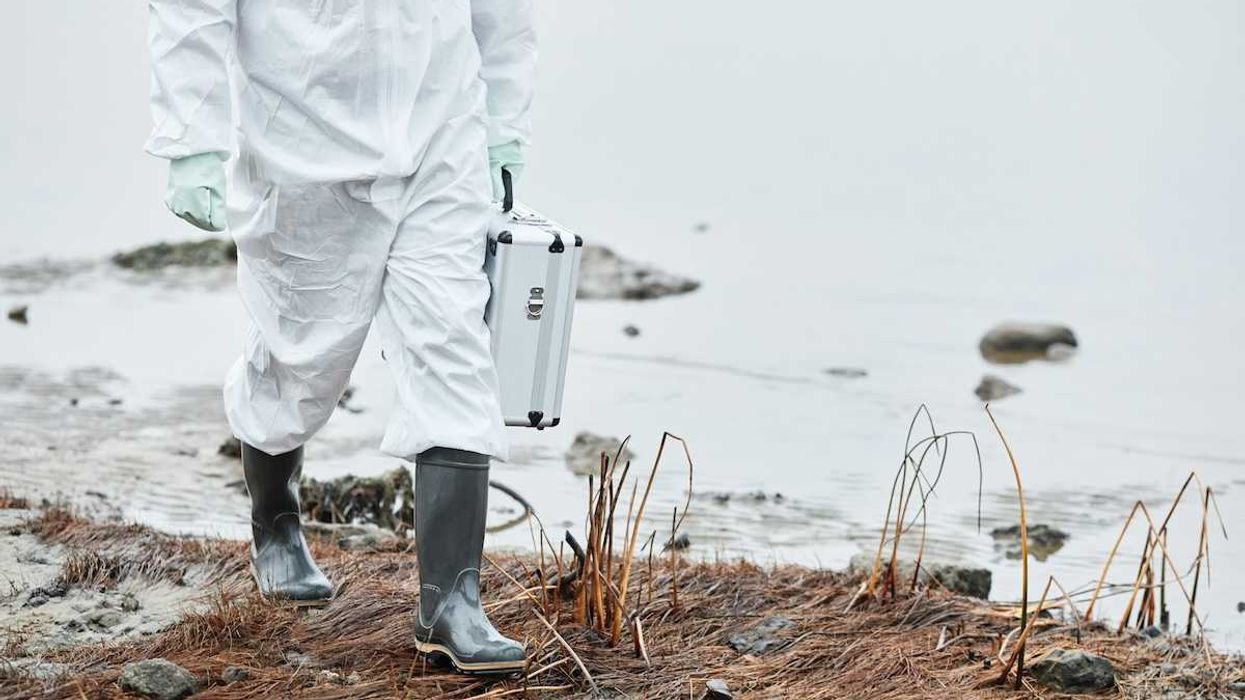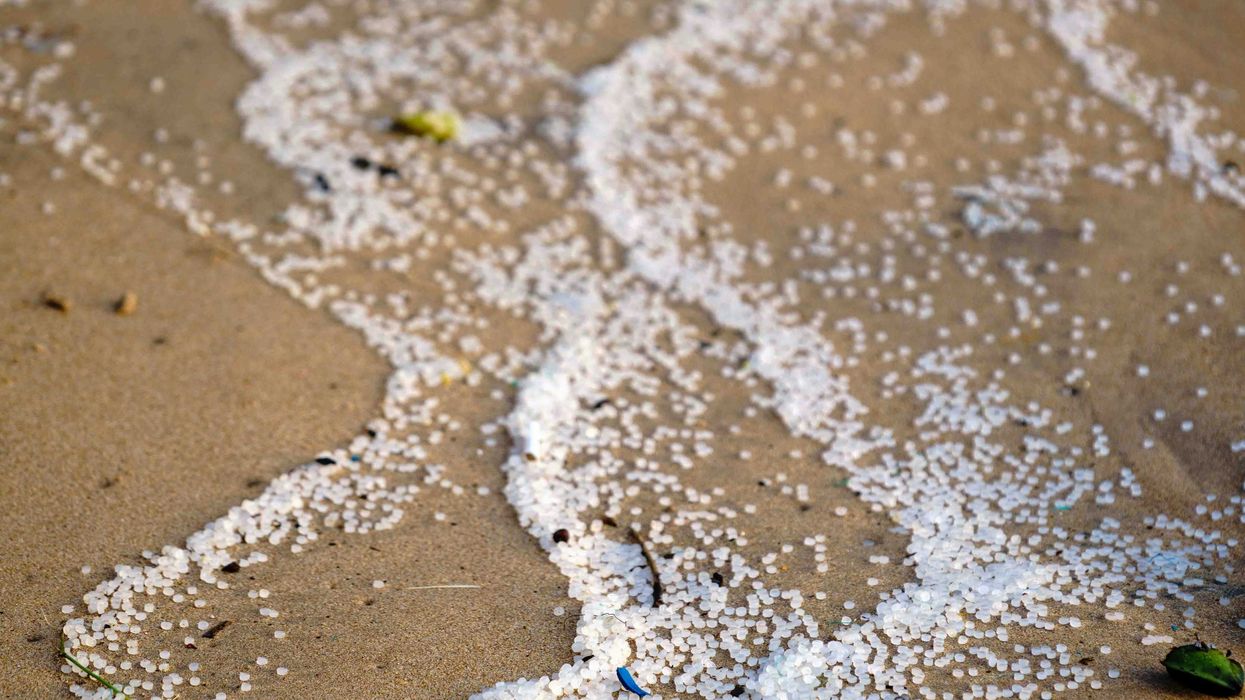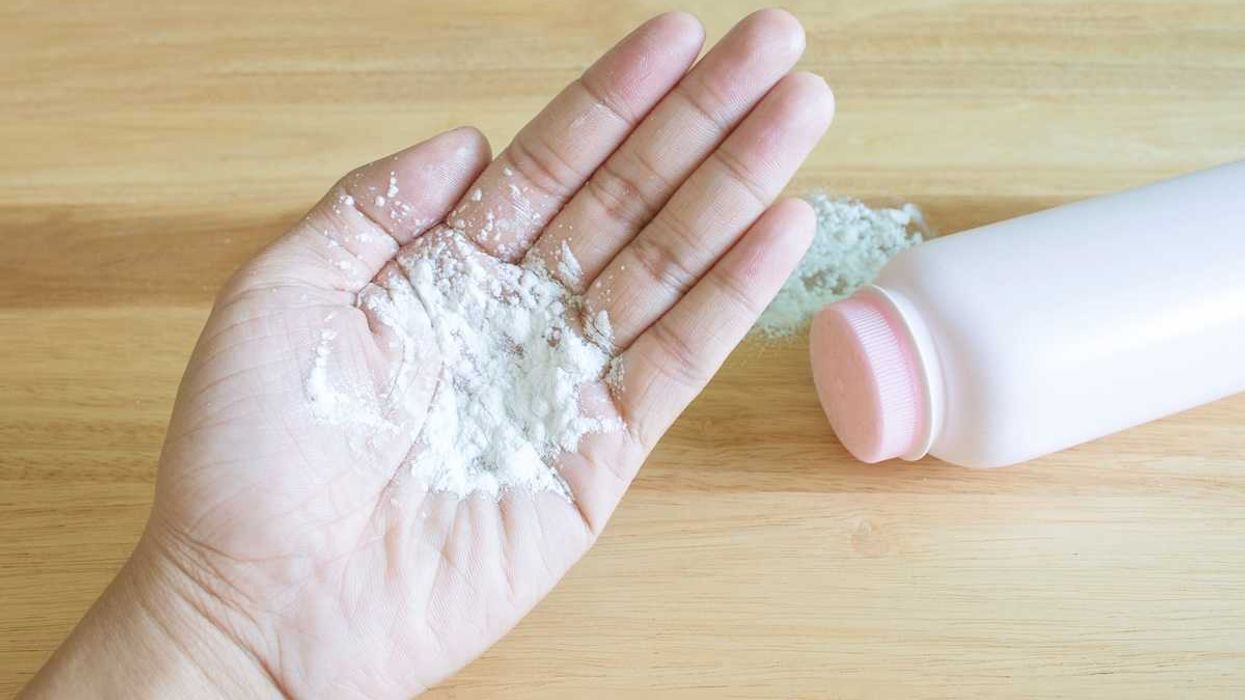A typical dishwasher cycle releases nearly a million microplastic and nanoplastic particles into wastewater, contributing to a growing concern over household plastic pollution.
Jack Knudson reports for Discover Magazine.
In short:
- A new study published in ACS ES&T Water found that washing plastic containers in a dishwasher can release up to 920,000 micro- and nanoplastic particles per load.
- These particles enter household wastewater systems, where most are filtered out by treatment plants — but not all, allowing millions to reach aquatic ecosystems annually.
- While each person’s annual contribution is small in mass — about a quarter of a grain of rice — researchers stress the significance of widespread household use.
Key quote:
“Removing this pollutant before it can enter the environment is better than implementing costly measures after the pollutant has already been released. Small changes, when multiplied across millions of households, can help reduce the global burden of plastic pollution.’’
— Elvis Okoffo, study author and research fellow at the University of Queensland
Why this matters:
Microplastics are now so pervasive that they’re turning up everywhere — from arctic snow to human blood. While the individual impact of a dishwasher might seem small, when multiplied across hundreds of millions of homes, it becomes a significant environmental issue. These particles build up in waterways and soil, harming aquatic life and potentially entering the food chain. Nanoplastics, which are small enough to pass into human cells, raise additional alarms for public health, with studies suggesting they can damage liver and lung tissue. Wastewater treatment facilities catch many of these particles, but not all, and existing infrastructure isn’t designed to handle the deluge from synthetic household products. As the world becomes more reliant on plastic — especially in food packaging and kitchenware — routine domestic activities are emerging as stealth contributors to pollution.
Related: Zero- and low-waste businesses band together against plastic pollution














